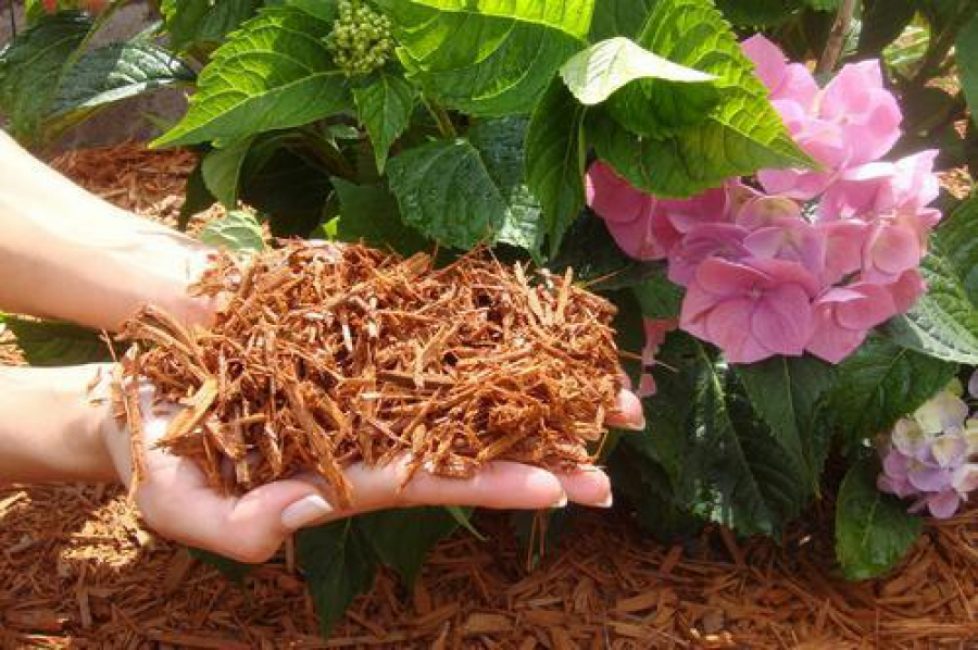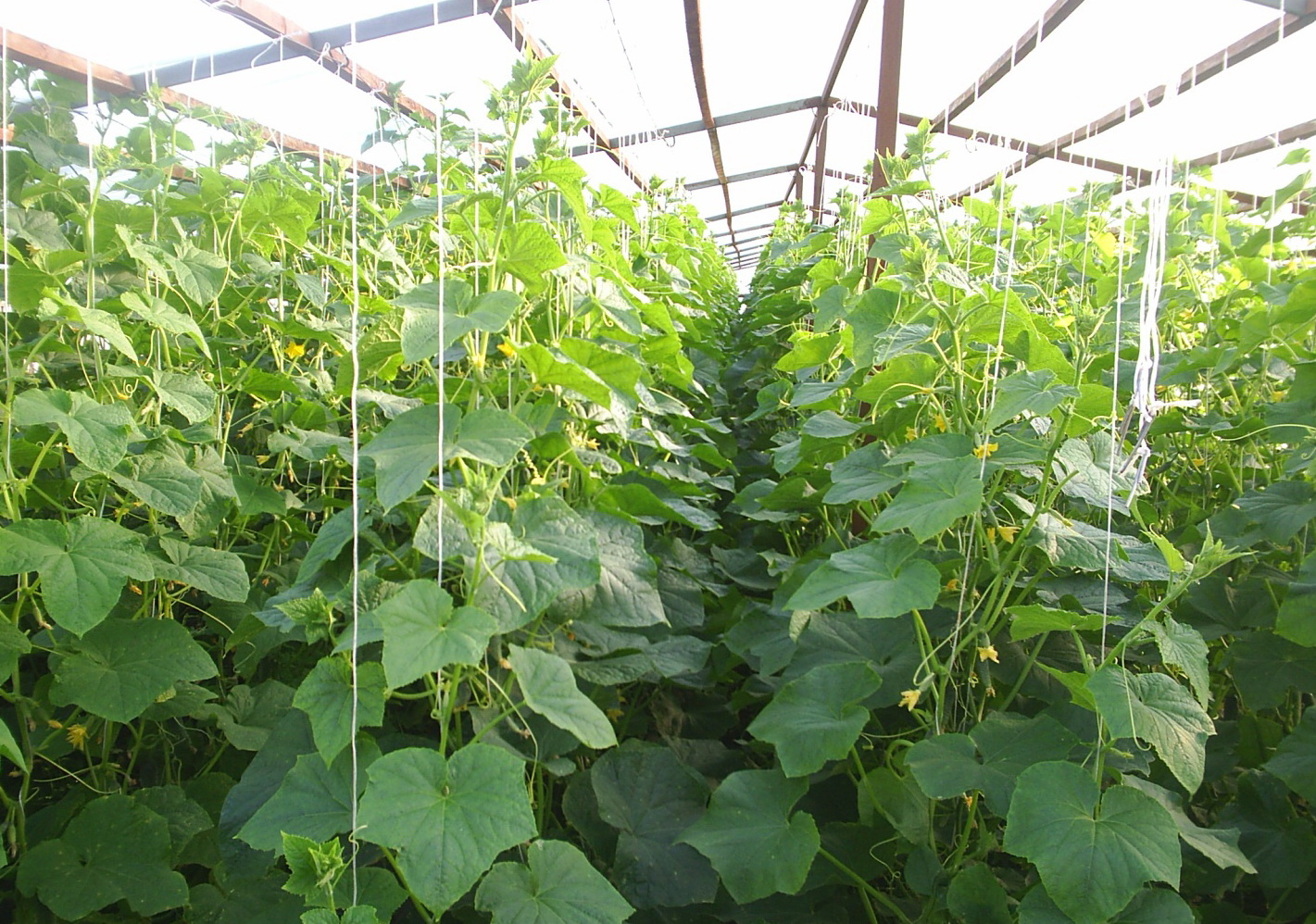Content:
Phlox is a beautiful flowering plant that is used to decorate areas. In nature, there are more than 85 species, but only 40 are actively used. When trying to equip a site, the question often arises, why phlox do not bloom? For their proper growth and development, it is necessary to create optimal conditions.
General rules for the care of phlox
In nature, the plant can only be found in North America. Phlox bloom is possible in moist soil containing essential minerals. Growing at home also involves abundant watering and spraying. Additionally, it is recommended to add sand to the soil. With its help, it is possible to make the soil loose. The perennial will also need to be weeded and fed regularly.
Most often, the answer to the question of why phloxes do not grow lies in insufficient watering. The leaves lose color and become small. The flower also becomes outwardly unattractive. Regular watering helps to prevent the situation: at least 2 buckets of water per 1 sq. m. The procedure is best done in the morning or evening. Otherwise, the stem may crack.
Spraying should be done regularly only if there is no fungal infection on the leaves. Otherwise, moisture should only come along with the roots. To do this, you will need to regularly mulch the soil.
For a plant to bloom, its roots must receive sufficient oxygen. Loosening is done with a special device. You will also need to regularly remove weeds. They negatively affect the health of the entire shoot.
To grow a good plant next year, cover the flower bed with a layer of compost or manure in the fall. Ordinary ash can also be used as fertilizer. The procedure is also repeated before flowering. Complex fertilizers, for example Ferika, Kemira, also have a positive effect. Phloxes need nitrogen, which is abundant in compost, manure and urea.
Experts recommend pruning the shoots in the second half of October and carefully treating them with a fungicide.
Perennial phlox do not bloom
The answer to the question why perennial phloxes do not bloom can be found with a detailed analysis of the conditions. Possible reasons:
- Lighting. The plant may not be getting enough sunlight.
- The soil in its composition does not have a sufficient amount of fertilizers.
- The soil is not regularly mulched.
- The plant does not receive enough moisture. Excessive hydration can also have a negative effect.
Phlox during the flowering period remain dormant under the negative influence of at least one of these factors. Abundant growth is also allowed, which is not characteristic of this variety.
The lack of color may be due to excess nitrogen. In this case, the leaves grow profusely to the detriment of color. The situation can be avoided by applying fertilizers with a high content of phosphorus and potassium in the fall.
Slow growth and lack of flowers are observed with an excess of light. In the summer, it is recommended to often do mulching, combining with the introduction of necessary minerals and trace elements into the soil. They are fully contained in compost.
Tips and tricks from experienced florists and gardeners
When phlox bloom, they will need to be regularly watered, fed and loosened. Experts recommend adding 20 g of nitrophoska, potassium salt and superphosphate to a bucket of water. The lush color will remain for the whole season if the procedure is carried out at least three times. Watering is not allowed in the heat. To help the shoot form, you need to regularly remove dried foliage.
The flower will be able to grow in size if hilling is carried out regularly in the second phase of the growing season. The process allows the root system to form properly. Thanks to this, the escape will delight the owners for more than one year.
With phomoses, phloxes grow poorly, leaf formation dies out, and shoots break even from a slight wind. For treatment, it is necessary to do treatment with colloidal sulfur. The first time it is sprayed only on the affected areas.
Powdery mildew is another variant of fungal infection of the shoot. A white bloom appears on it. It is recommended to eliminate the diseased plant immediately. Otherwise, the defeat spreads to other shoots.
Septoria blight makes itself felt with dark spots on the leaves. Infection most often occurs in winter. If treatment is not started on time, the lesion begins to rapidly increase in size. When the first symptoms are found, it is recommended to spray with Bordeaux liquid. To consolidate the result, the manipulation is performed after another week.
Every gardener knows why it is necessary to follow the basic rules of plant care. This will ensure abundant flowering throughout the warm period. Additionally, you will need to find out how much fertilizer phloxes require at each season. With proper care and understanding of the reason that phlox grow poorly, the growing process becomes simple and flowering becomes regular.















